Frei Otto . photos: © Daniel Lukac . + Multihalle pavilion
The Multihalle pavilion was built as a temporary structure in Mannheim’s Herzogenriedpark, for the German National Garden Show (Bundesgartenschau) of 1975. It was designed by the architect Frei Otto in cooperation with Mannheim’s Carlfried Mutschler.
Frei Otto was posthumously awarded the Pritzker Prize, the highest award in the field of architecture, in 2015. He is known for his organic structural designs, such as the roof of the Olympic site in Munich, which he realised for the 1972 Olympics together with the agency Günther Behnisch and Partners.
Otto’s Multihalle project signified a completely new approach to roof construction at the time. A filigree lattice structure spans various spaces: a self-contained function room (the main hall), walkways and open spaces, and various operating facilities. This timber grid shell roof – still the largest of its kind in the world – contains no right angles and moulds into the park landscape in a biomorphic way. Otto’s design is not only a structural and architectural tour de force, but also an expression of his pursuit of new, more open, ‘freer’ building formats in the 1970s. It was not without reason that Manfred Sack, architecture critic of the ZEIT newspaper, called the Multihalle ‘the Wonder of Mannheim’, in 1975.
In 1978 the Multihalle won the Hugo Häring Prize, the most important architecture prize in the state of Baden-Württemberg, and one that has been granted for only eight other buildings in Mannheim since it was first awarded in 1969. Remarkably, heritage protection was already considered back in 1979, but listed building status for the timber grid shell construction was only conferred in 1998. Mannheim’s Multihalle is one of Germany’s youngest listed buildings.
_

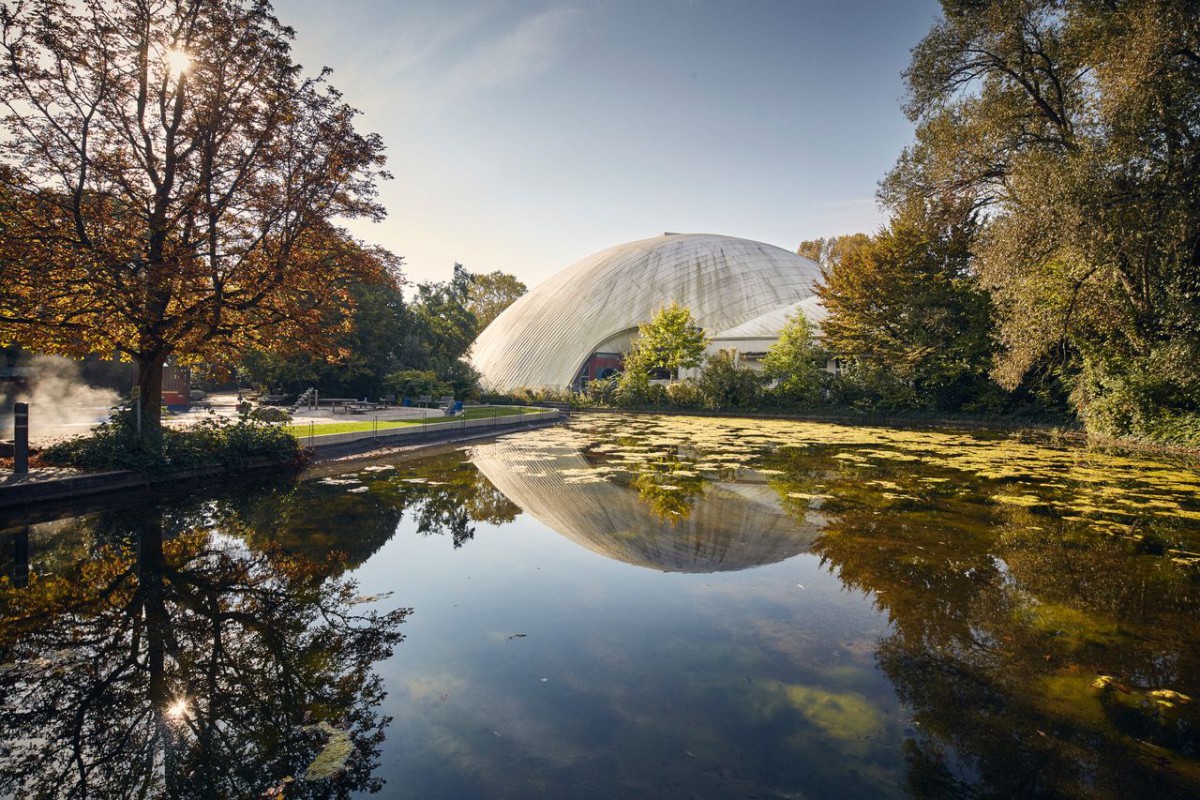



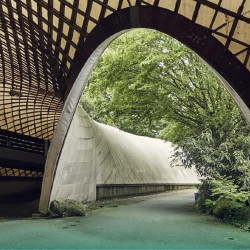
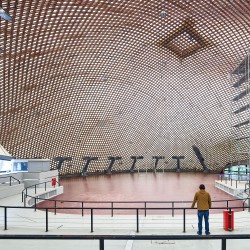
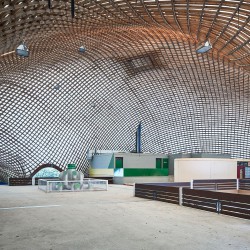
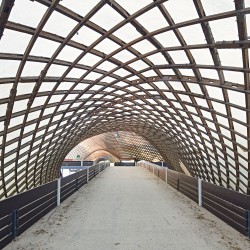
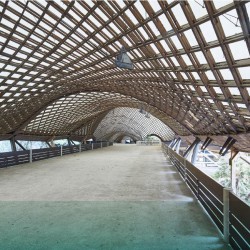
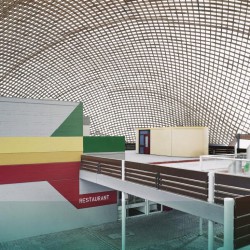
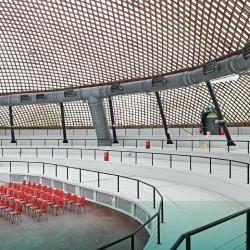


Comments are closed.